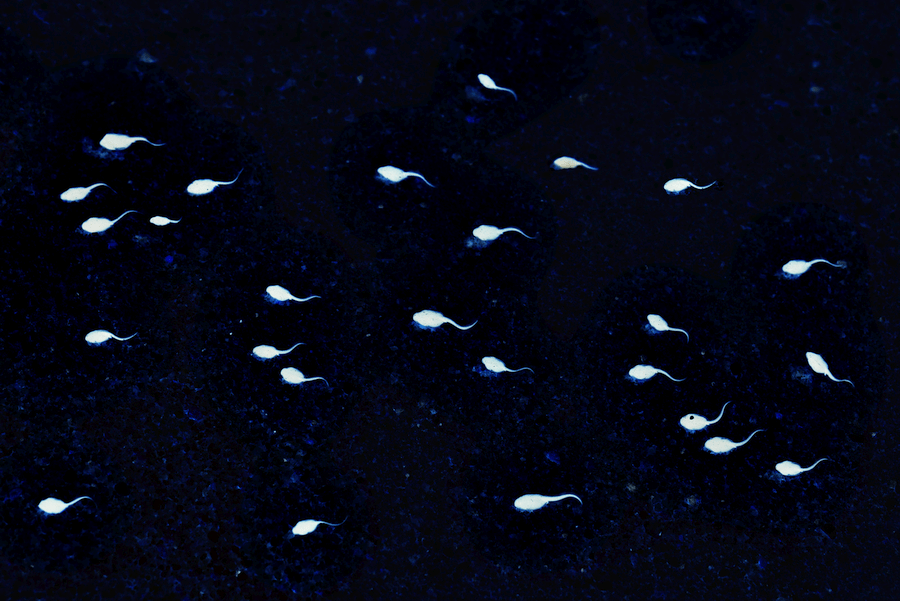The topic of sperm longevity is often shrouded in mystery and confusion, with various factors influencing the survival of sperm outside the human body. Understanding how long sperm can live outside its natural environment is crucial for individuals trying to conceive or those interested in reproductive health. In this article, we will explore the different aspects of sperm survival, from biological factors to environmental conditions, to provide a comprehensive understanding of this fascinating subject. Sperm are remarkably resilient cells, but they are not invincible. Their lifespan is heavily dependent on the conditions they are exposed to once they leave the male reproductive system. This knowledge can help in making informed decisions regarding reproductive health, contraception, and even assisted reproductive technologies.
Moreover, the survival of sperm can vary significantly depending on the medium in which they find themselves. For example, sperm can live longer in certain fluids compared to dry surfaces. This variability raises important questions about how sperm behaves outside the body and what implications this has for human reproduction. By delving into the science behind sperm longevity, we aim to shed light on this important topic, answering common questions and offering practical advice for those navigating the world of fertility.
As we embark on this exploration, it is essential to recognize that understanding how long sperm can live outside the body is not just a matter of academic interest but a practical concern for many. Whether you are trying to conceive, learning about reproductive health, or simply curious about the biology of human reproduction, the information provided here will be invaluable. Let's dive deeper into the lifespan of sperm and uncover the facts behind this intriguing subject.
What Factors Affect the Lifespan of Sperm Outside the Body?
The lifespan of sperm outside the body is influenced by numerous factors, including:
- Environmental Conditions: Temperature and humidity levels can significantly impact sperm viability. Sperm tend to survive longer in cooler, moist environments compared to dry or hot conditions.
- Medium: The medium in which sperm are found plays a crucial role. For example, sperm can survive for a longer time in seminal fluid compared to surfaces like fabric or plastic.
- Time: The longer sperm are exposed to the external environment, the less viable they become. Timing is critical when considering conception.
How Long Does Sperm Live Outside the Body in Different Environments?
The lifespan of sperm can vary greatly depending on the environment. Here’s a breakdown:
- In Air: Sperm generally die within a few minutes in dry air, as they require moisture to remain viable.
- On Surfaces: On surfaces like clothing or skin, sperm can survive for a short time, usually less than an hour.
- In Water: In water, like a hot tub or pool, sperm can last slightly longer, potentially for a few hours, but the chances of fertilization are extremely low.
- In Semen: Sperm can live for several days when in seminal fluid, as the environment is optimal for their survival.
What Is the Maximum Lifespan of Sperm Outside the Body?
Under optimal conditions, sperm can survive for up to:
- 5 Minutes: In dry air.
- 30 Minutes to 1 Hour: On dry surfaces.
- Several Hours: In water.
- 3 to 5 Days: In a warm, moist environment like the female reproductive tract.
Can Sperm Be Collected and Stored for Future Use?
Yes, sperm can be collected and cryopreserved for future use. This process involves:
- Semen Analysis: Before freezing, a semen analysis is conducted to determine sperm quality.
- Freezing: Sperm is frozen using liquid nitrogen, allowing for long-term storage.
- Thawing: When needed, frozen sperm can be thawed and used for artificial insemination or in vitro fertilization.
How Does Temperature Affect Sperm Longevity?
Temperature plays a critical role in sperm survival. Here’s how different temperatures affect sperm:
- Room Temperature: Sperm can remain viable for a short time but will begin to deteriorate quickly.
- Cool Temperatures: Sperm can survive longer in cooler temperatures, mimicking conditions found in the male reproductive system.
- High Temperatures: Exposure to high temperatures can rapidly kill sperm, which is why it’s advised to avoid hot baths or tight clothing.
Is There a Safe Way to Handle Sperm Outside the Body?
Handling sperm correctly is essential to maintain its viability. Here are some tips:
- Use a Warm Environment: If you need to transport sperm, keep it in a warm environment.
- Avoid Air Exposure: Minimize exposure to dry air, as it can quickly kill sperm.
- Use Proper Containers: Store sperm in appropriate containers designed for biological samples.
Conclusion: Understanding Sperm Viability Outside the Body
In conclusion, understanding how long sperm can live outside the body is essential for anyone interested in reproduction, fertility, or sexual health. While sperm can survive for varying lengths of time depending on environmental conditions, the key takeaway is that they are incredibly sensitive to changes in their surroundings. By taking appropriate measures, individuals can enhance the chances of sperm survival when necessary. Whether you are considering family planning, exploring fertility options, or simply curious about human biology, this knowledge can empower informed decisions.
Azealia Banks And Elon Musk: A Fascinating Intersection Of Art And Innovation
Exploring The World Of De'Corian Clark: A Journey Through Artistry And Innovation
Unveiling The Life Of Kristen Bell's Husband: Dax Shepard

How Long Does Sperm Live Outside the Body? Exploring the Lifespan of

How Long Does Sperm Live Outside the Body?

How Long Can Cancer Cells Live Outside The Body CancerWalls